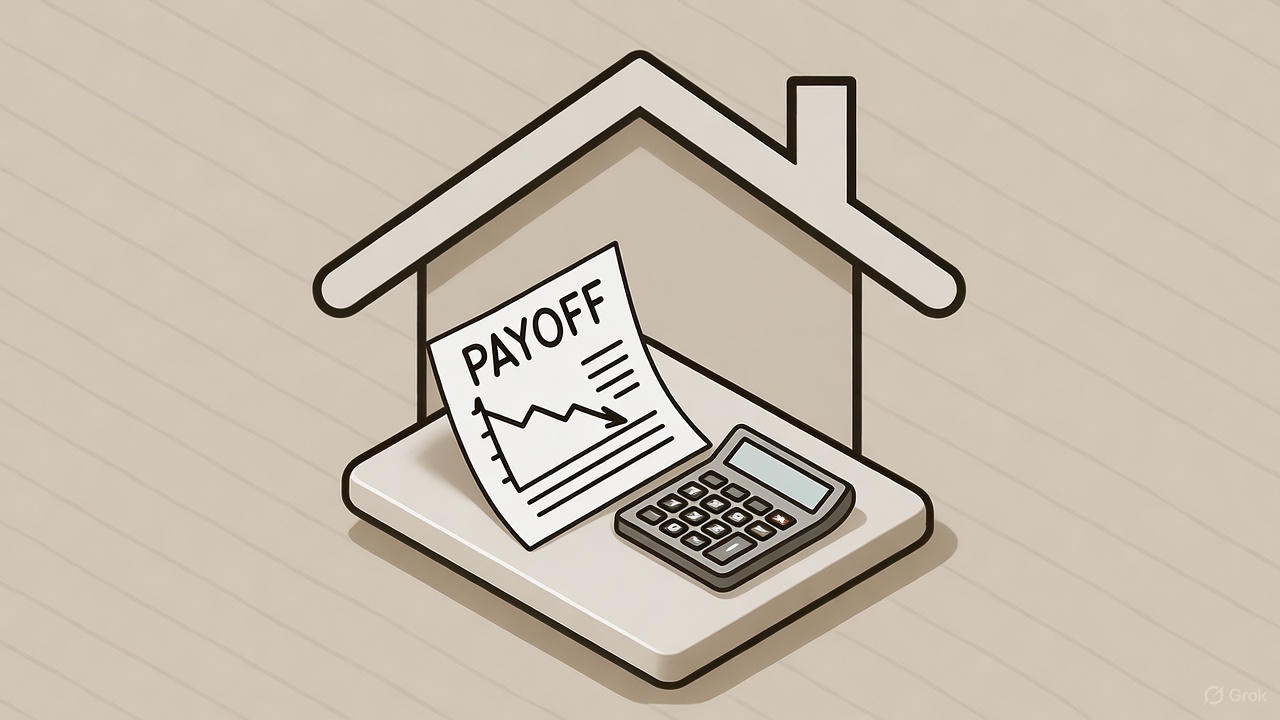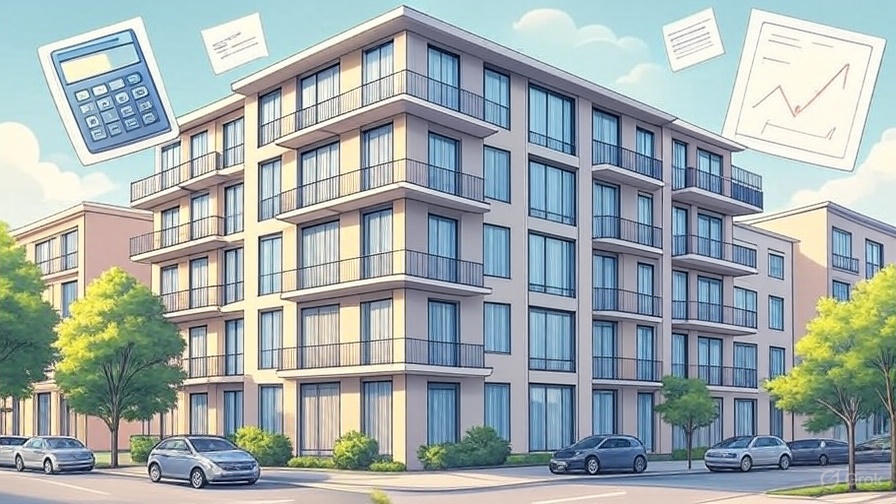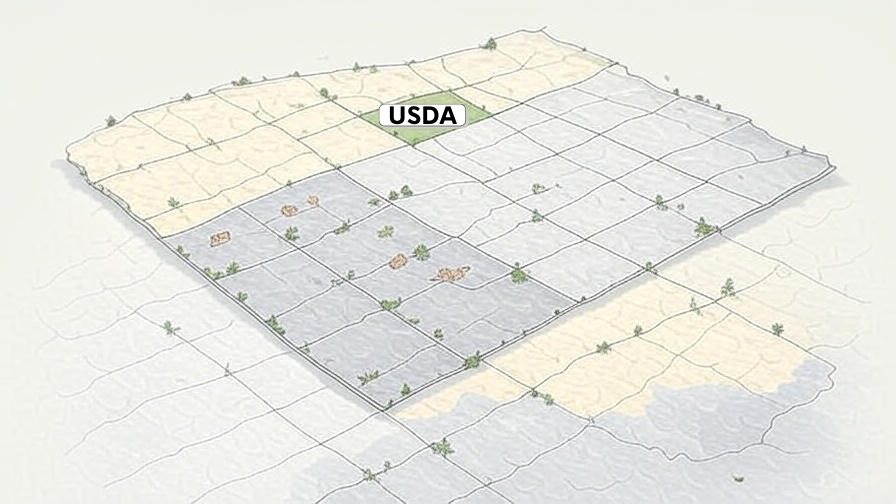Big Idea (read this first)
There’s no one-size-fits-all mortgage. The right loan matches your target payment, cash to close, and how the loan performs over time (PMI/MIP, points, buydowns, ARM caps, and whether a future refinance is even possible). Rates matter—but total cost over 3–7 years and your stress level matter more.
Quick Picks
- Conventional (3–5% down): Best for solid credit. PMI can drop off around ~80% LTV.
- FHA (3.5% down): Flexible on credit/DTI. Has upfront + annual MIP (often long-term if <10% down).
- VA (eligible): Often 0% down, no monthly MI. One-time funding fee may apply (some exempt).
- USDA (eligible areas + income caps): 0% down; one-time upfront guarantee fee + low annual fee (USDA’s version, not PMI).
- Down Payment Assistance (DPA): Grant (forgiven now/after 3–5 yrs) or Second Lien (silent/deferred or amortized).
- HELOC / Piggyback Second (80/10/10): Keep first-mortgage lower or avoid certain PMI tiers; note HELOCs are often variable.
- Renovation / Construction-to-Perm (Conventional, FHA, VA, USDA):
- Conventional: Fannie HomeStyle (buy + rehab).
- FHA: 203(k) (buy + rehab).
- VA: VA Renovation and VA One-Time-Close (OTC) construction (availability varies by lender).
- USDA: Single-Close Construction-to-Perm (CTP); limited reno/repair options by lender/program.
- Investor Loans: DSCR (qualify via rent vs payment); fix-and-flip/bridge/ground-up (short term, points/fees, draws).
- Non-QM (bank statements/1099/asset-depletion): Flexible docs for self-employed/complex income; higher rates/fees possible.
- Reverse (typically 62+): No required monthly mortgage payment; impacts equity/heirs—counseling required.
Program availability and overlays vary by lender; details can change.
Most Common Loan Types (Conventional, FHA, VA, USDA)
Conventional
Pros: Low down options; PMI can cancel; strong long-term total cost for good credit.
Cons: PMI cost sensitive to credit and LTV; tighter than FHA.
Good if: You’ve got solid credit and want PMI that can go away.
FHA
Pros: 3.5% down, flexible approvals; 203(k) renovation option.
Cons: Upfront + annual MIP; if <10% down, annual MIP typically lasts for the life of the loan.
Good if: Credit or DTI needs flexibility; plan to refi to Conventional when equity/score improve.
VA
Pros: Often 0% down, no monthly MI, competitive rates.
Cons: One-time funding fee (many are exempt); property must meet VA standards.
Good if: You’re eligible—often the lowest long-term cost path.
USDA
Pros: 0% down; one-time guarantee fee + low annual fee.
Cons: Geography + income caps; annual fee lasts (but is usually modest).
Good if: You like the eligible areas and need minimal cash to close.
Down Payment Assistance (DPA)
Grant (forgiven at closing or after 3–5 years): Cuts cash-to-close; may come with caps or slightly higher rate.
Second lien (silent/deferred or amortized): Bridges your gap but adds a lien; may accrue interest or require payments later.
Pro move: Read the forgiveness clock, income/price caps, and any refi/resale restrictions.
HELOCs & Second Mortgages
Why: Keep the first mortgage smaller, avoid certain PMI tiers, or tap equity.
Watch-outs: HELOCs are often variable rate (payment can rise); seconds can complicate future refis.
Construction & Renovation (Primary Residence)
- Construction-to-Perm (One-Time-Close): Buy the lot, build, then roll to permanent financing with one closing.
- Renovation: FHA 203(k) and Fannie HomeStyle finance purchase plus improvements on “after-improved” value.
- VA & USDA: OTC and limited renovation options exist; availability varies by lender.
Reality: More documentation, draws, inspections—worth it if the right house needs love.
Investor & Alternative Loans
DSCR (Debt Service Coverage Ratio): Qualifies on property cash flow (rent vs payment). Fast/flexible, but higher rates/points and possible prepay penalties.
Fix-and-Flip / Bridge / Ground-Up: Short-term, fee-heavy, draw-based; speed matters.
Non-QM (bank statements/1099/asset-depletion): Built for self-employed/complex income; flexible docs, higher pricing.
PMI / MIP: Simple & Not Scary
PMI (Private Mortgage Insurance) applies to conventional loans with <20% down.
Typical range: roughly $30–$70/month per $100k borrowed (credit and LTV matter).
Temporary: You can request removal around 80% LTV (often via new appraisal), and it auto-cancels at 78% of original value.
FHA MIP: Upfront + annual; if you put <10% down, the annual MIP typically lasts for the life of the loan.
VA: No monthly MI/MIP.
USDA: One-time guarantee fee + low annual fee.
Why it’s fine: Insurance lets you buy sooner, start building equity, and stop renting. With a plan, you can remove PMI or refi if/when it’s smart.
Refinance Reality Check
Refinancing is an option—not a plan. It’s never guaranteed. Approval later depends on market rates, appraisal/home value, your credit & income, program rules (seasoning, DPA/second-lien limits, prepayment penalties), and closing-cost breakeven.
Comfort-First Rule: Choose a mortgage you can live with today—even after a temporary buydown ends. If the stars align later, great—improve it. If not, you’re still good.
Rough math: A 1% rate change ≈ ~$60/month per $100k on a 30-year fixed. Build wiggle room.
Total-Cost Lens (how you actually “win”)
- PMI/MIP behavior: Conventional PMI can cancel; FHA MIP often doesn’t—this can flip 5–7-year costs.
- Points & buydowns: Only buy points if you’ll keep the loan long enough to breakeven; buydowns end—know the step-up payment.
- ARM vs Fixed: Understand index, margin, and caps (best- and worst-case).
- Prepay penalties: More common on DSCR/Non-QM—time your exit.
Next Steps (simple & actionable)
- Set your target payment and cash-to-close range.
- Get pre-underwritten (stronger than pre-approved) to win offers.
- Compare Conventional vs FHA vs VA/USDA with DPA if cash is tight.
- Price credits vs buydowns vs points—optimize monthly vs upfront.
- Mark a PMI-removal or refi-check milestone as a nice-to-have, not a promise.
Want the Homebuyer Math Guide?




